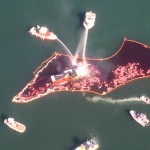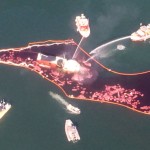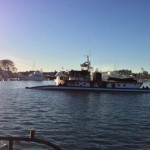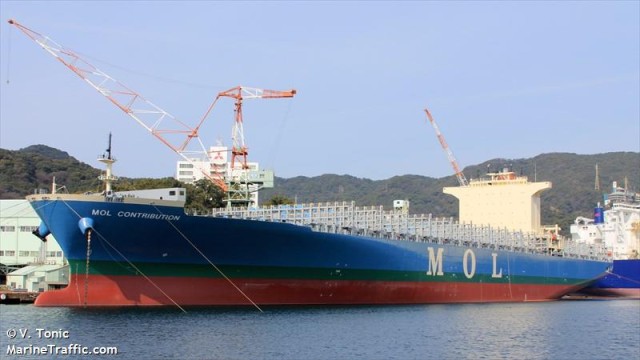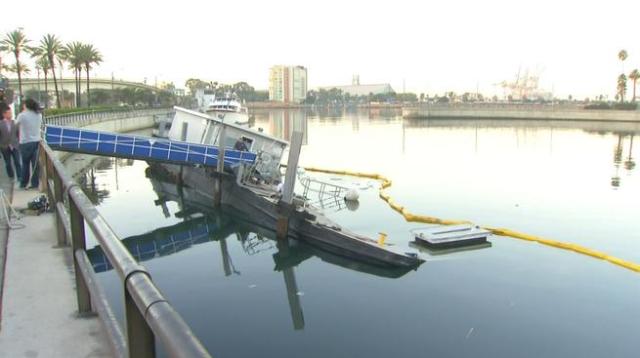William B
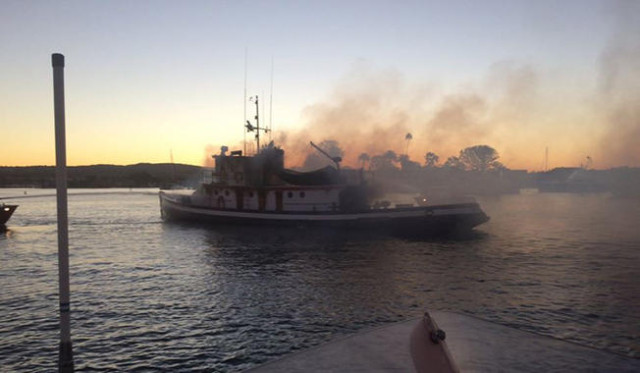
On October 31, the 76 foot long wooden tugboat William B caught fire while berthed at Newport Harbor, California. The fire quickly engulfed the wooden vessel during the night. Local fire fighters fought the blaze for over fiver hours while it was partially sunk in the harbor. Booms were placed around the vessel to contain any pollution released. No reports of injuries. The William B had some 60 gallons of fuel on board at the time of the fire. Reports state the William B will be drained of any remaining fuel and be towed away as a total loss. Authorities have launched an investigation into the incident. The William B was built in 1942 and was used to pull ships in World War II.
